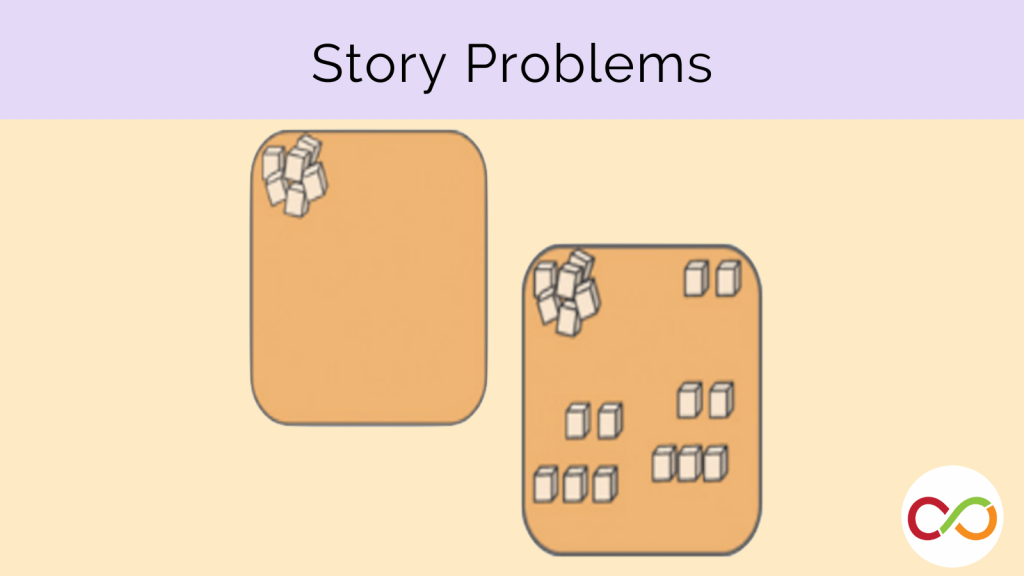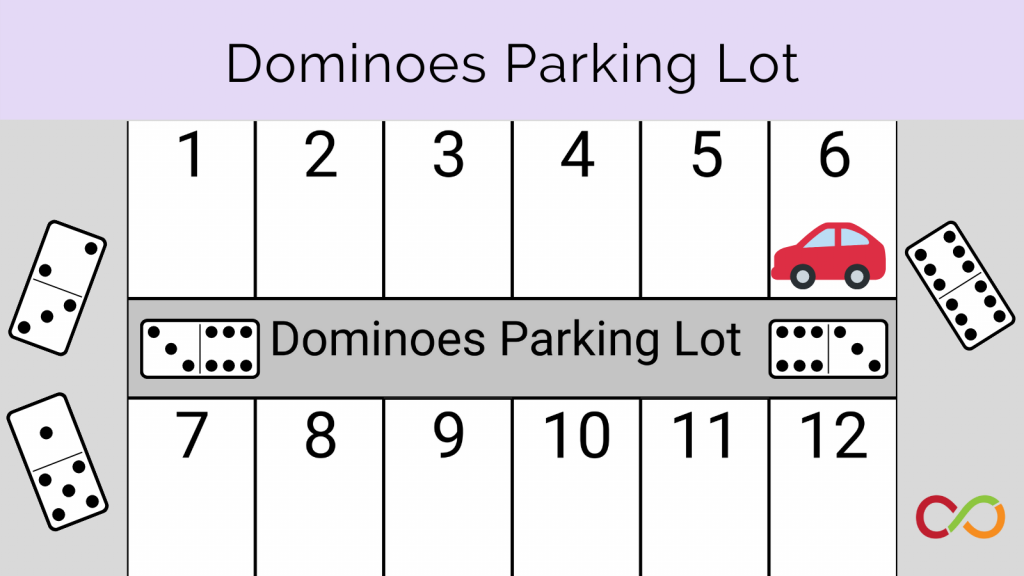Ladybug Houses
Early Years (Age 3 – 6)
Curriculum Goal
Kindergarten: Demonstrating Literacy and Mathematics Behaviour
- Demonstrate an understanding of numbers, using concrete materials to explore and investigate counting, quantity, and number relationships (#15).
Context
- Students and teacher will be sitting on the carpet in a circle.
- Later, the students will split up into pairs or threes to build ladybug houses.
Materials
- Planko or any other material to make a square
- Small ladybug toys – lots!
Lesson
- Tell students that they will build ladybug houses.
- Demonstrate that four pieces of planko joined together makes a ladybug house.
- Instruct children to work with a certain number of ladybugs. Start with lower numbers and increase as children get more proficient.
- Using the chosen total number, ask students to decide how many ladybugs should go inside the house and how many should go outside.
- Split students into pairs and ask them to make as many combinations as possible (e.g. if they are working with the number 10, students could put five ladybugs inside and five outside, or six inside and four outside).
- Ask students to choose their favourite ladybug house.
- As students announce how many ladybugs are inside and outside, the teacher writes the math equation on the board.
- Take a picture of their work for documentation or the extension activity outlined below.
Look Fors
- Do children notice patterns such as 7 + 2 = 9 and 2 + 7 = 9?
- How fluently can children make different combinations of the target number?
- How do children add numbers together? Do they use one-to-one correspondence?
Extension
- Using the pictures taken previously, have students pick three of their favourite houses, write a math equation for it, and draw the equivalent picture.
- Scaffold their learning by writing out ______ + ______ = _______ and drawing a box beside it to represent the ladybug house.
Share this lesson
Share on facebook
Share on twitter
Share on email


